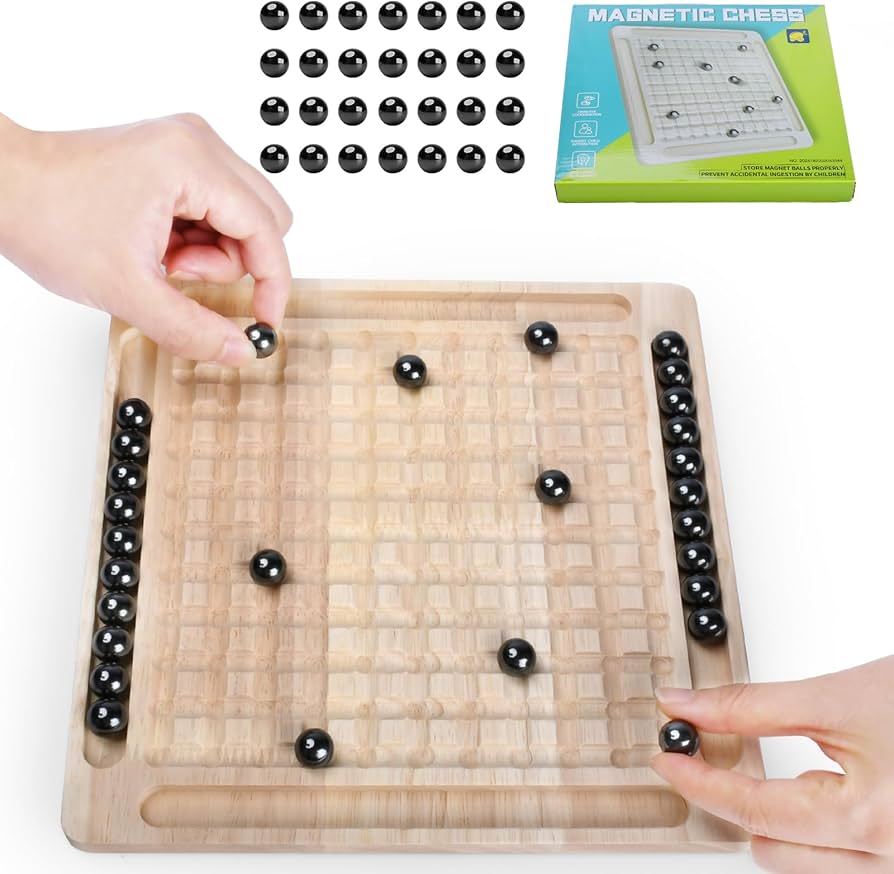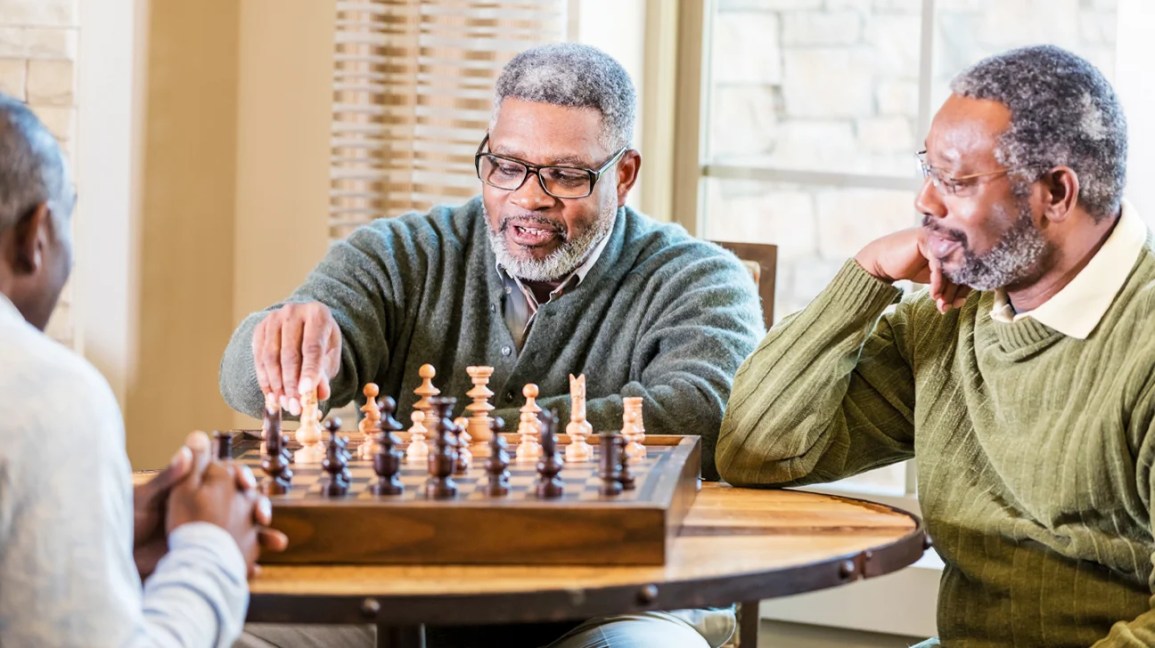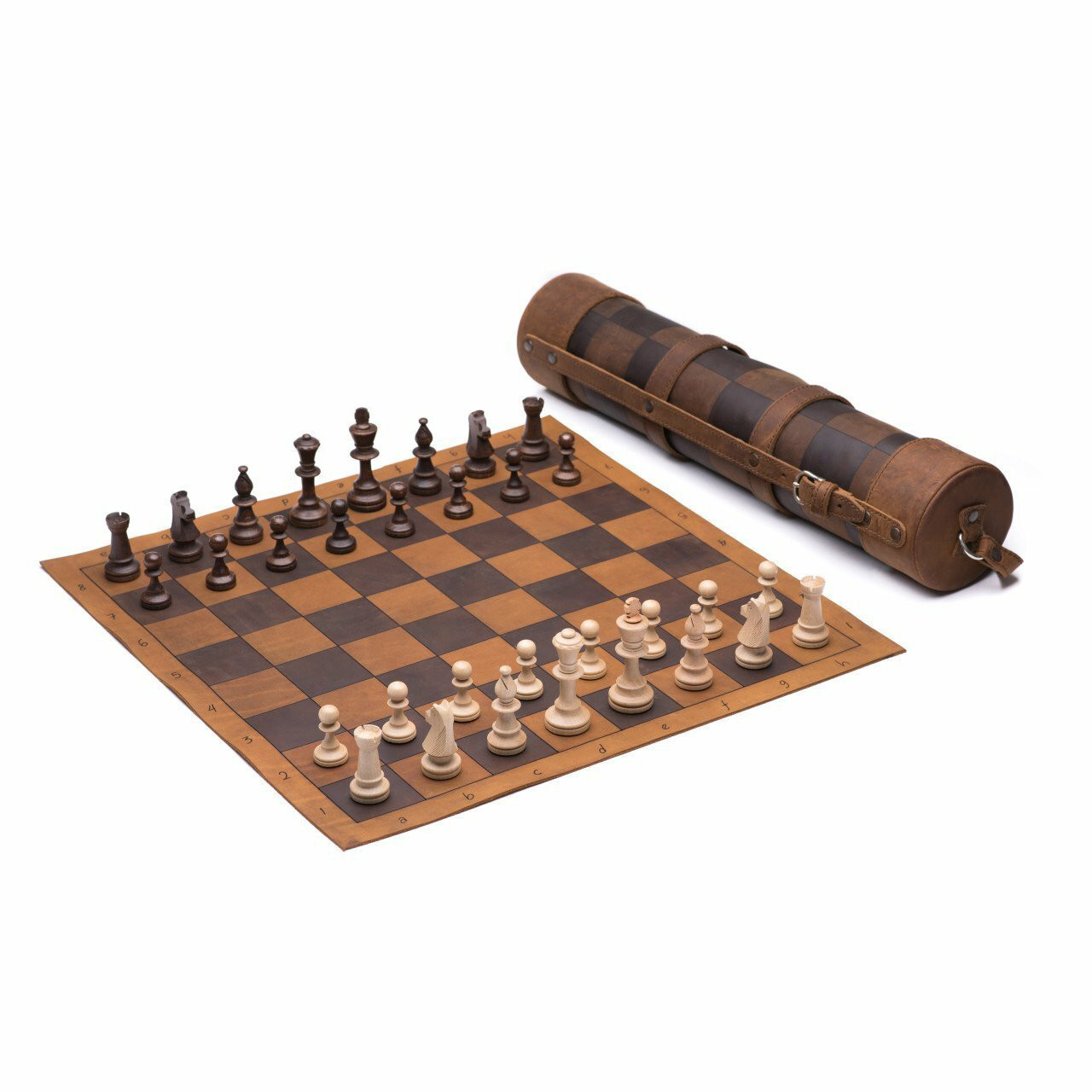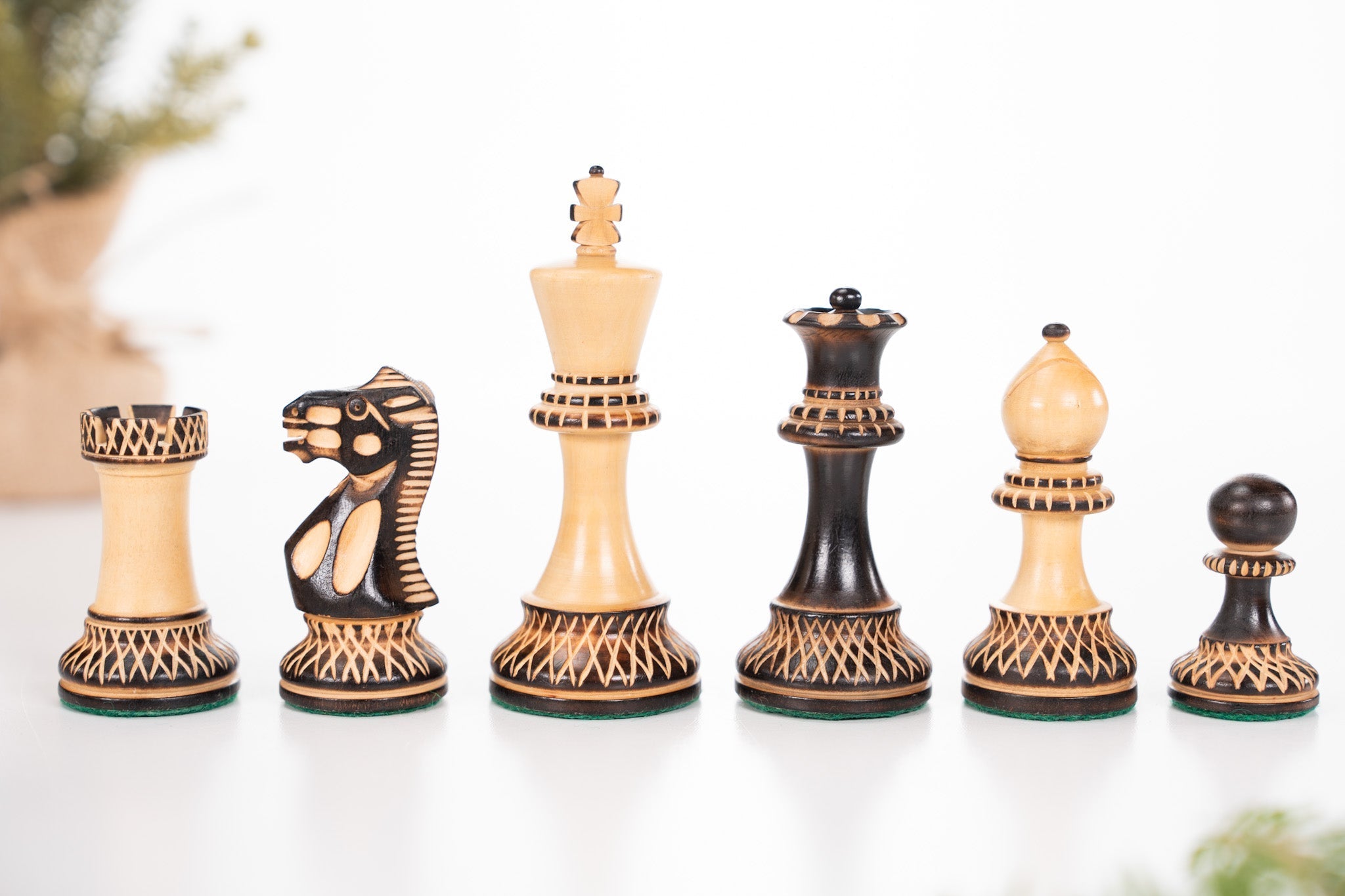The best chess move is often referred to as the “checkmate.” This move ends the game by threatening the opponent’s king in a way that it cannot escape.
Chess is a game of strategy and skill, with each move being crucial. The goal is to outsmart your opponent and protect your king. Among all the moves, checkmate stands out. It is the ultimate goal, the move that wins the game.
But what makes checkmate the best move? It requires a deep understanding of the game, foresight, and tactical planning. In this blog post, we will explore why checkmate is so important and how you can achieve it. Whether you are a beginner or an experienced player, understanding checkmate can improve your chess game.
The Ultimate Checkmate
Chess is a strategic game that has fascinated people for centuries. One of the most thrilling moments in chess is achieving the ultimate checkmate. This is the move that secures victory and ends the game decisively.
Definition
The ultimate checkmate is the final move in a chess game. It puts the opponent’s king in a position where it cannot escape capture. The game ends immediately with this move.
Importance In Chess
Checkmate is the primary goal in chess. It signifies a player’s triumph. Achieving checkmate requires skill and strategic thinking. It shows a deep understanding of the game.
The ultimate checkmate can also demoralize an opponent. It demonstrates superior planning and foresight. Players often strive to create memorable checkmate patterns. These patterns can become famous in chess history.
Historical Background
The best chess move has fascinated players for centuries. Understanding its historical background offers insights into its evolution and significance in the game.
Origins
Chess originated in India around the 6th century. The game was known as Chaturanga, which means four divisions of the military: infantry, cavalry, elephants, and chariotry. This early form of chess spread to Persia. Here it was called Shatranj. The game evolved as it spread across the world.
By the 15th century, modern chess emerged in Europe. The rules and pieces we recognize today were established. This included the powerful queen and the flexible bishop. The game’s complexity grew, and so did the strategies players used.
Famous Checkmates
Throughout history, many famous checkmates have been recorded. One of the earliest is the Arabian Mate. This involves a rook and a knight working together. Another classic is the Anastasia’s Mate, named after a novel where the hero saves the princess using this checkmate pattern. It involves a knight and a rook trapping the enemy king.
In more recent history, the Fischer-Spassky match in 1972 showcased brilliant checkmates. Bobby Fischer’s aggressive style led to stunning victories. His moves are still studied by players today.
These historical checkmates highlight the depth and beauty of chess. Learning about them can enhance your understanding of the game. They also demonstrate the importance of creativity and strategic thinking in chess.
Iconic Chess Games
Iconic chess games have shaped the world of chess for centuries. These games are memorable due to brilliant moves, strategies, and sheer excitement. Let’s delve into some of these remarkable matches and the players behind them.
Legendary Matches
One of the most famous games is the 1972 World Championship. Bobby Fischer faced Boris Spassky in Reykjavik, Iceland. This match was a Cold War showdown. Fischer’s incredible moves captivated the world.
Another iconic game is the 1997 Deep Blue vs. Garry Kasparov. This game marked the first time a computer defeated a world champion. It was a historic moment for both chess and technology.
Notable Players
Magnus Carlsen is a name synonymous with modern chess brilliance. He became the World Chess Champion in 2013. Carlsen’s innovative moves and strategies are studied worldwide.
Garry Kasparov, a legend, dominated chess in the 1980s and 1990s. His aggressive playing style and deep understanding of the game are unmatched. Kasparov’s games are a treasure trove for any chess enthusiast.
Judit Polgar is another notable player. She is considered the best female chess player ever. Polgar’s aggressive play broke many gender barriers in chess.
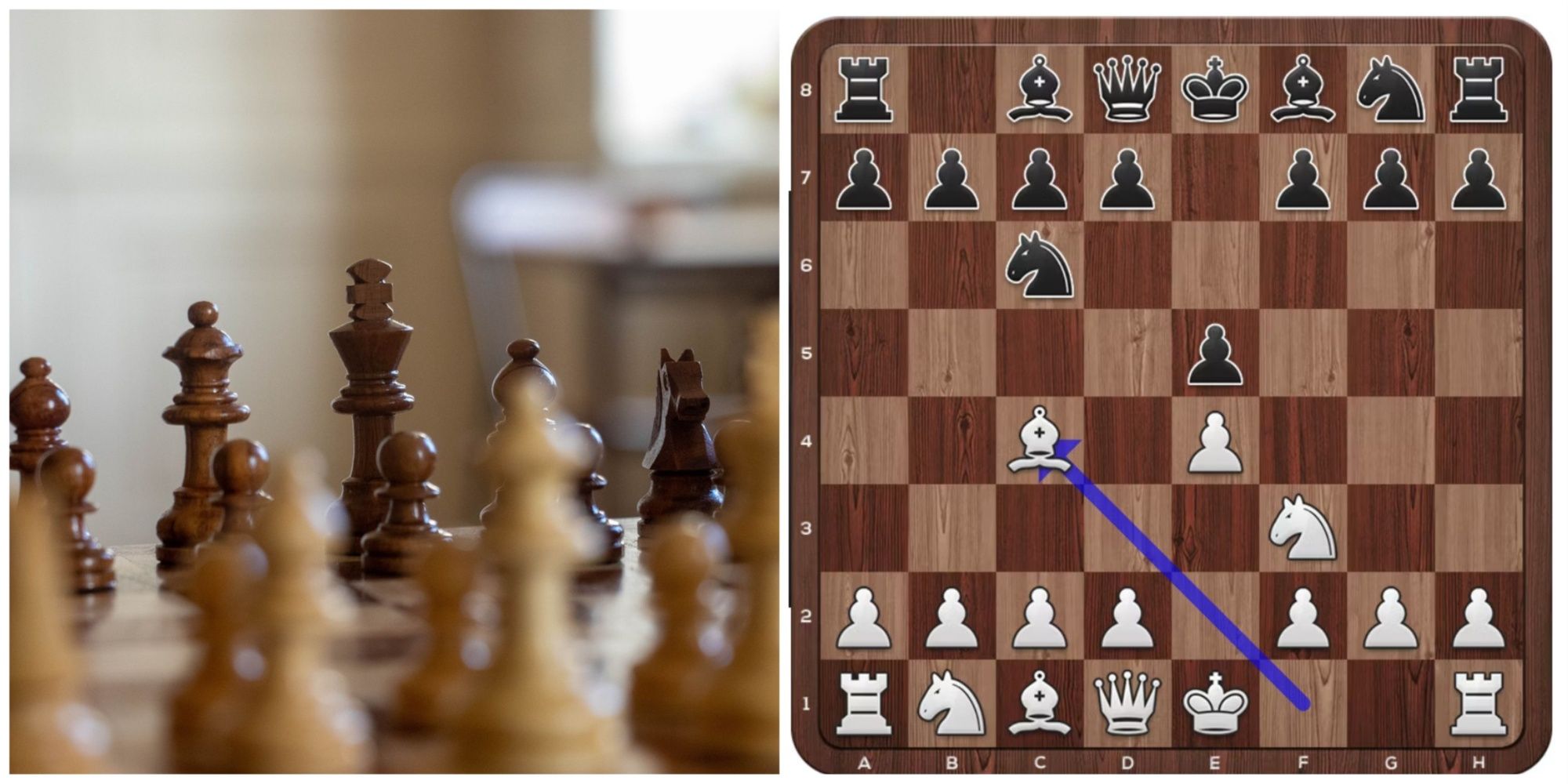
Credit: gamerant.com
Techniques And Strategies
Understanding techniques and strategies in chess can elevate your game. Every move has a purpose. Knowing common patterns and advanced moves makes a big difference.
Common Patterns
Recognizing common patterns helps in predicting your opponent’s moves. Here are some frequent scenarios:
- Fork – A move that attacks two pieces at once.
- Pin – A piece is pinned if moving it would expose a more valuable piece.
- Skewer – The reverse of a pin. The more valuable piece is attacked first, forcing it to move.
- Discovered Attack – Moving one piece reveals an attack by another piece.
| Pattern | Description |
|---|---|
| Fork | A single move that attacks two or more pieces. |
| Pin | Prevents a piece from moving without exposing a more valuable piece. |
| Skewer | Attacks a valuable piece, forcing it to move and exposing a less valuable piece. |
| Discovered Attack | One piece moves, uncovering an attack from another piece. |
Advanced Moves
Advanced moves require deeper understanding and practice. These moves can turn the game in your favor:
- Zwischenzug – An in-between move that changes the expected sequence.
- Underpromotion – Promoting a pawn to a piece other than a queen.
- Quiet Move – A move that does not attack or defend, but improves the position.
- Sacrifice – Giving up material for a better position or attack.
To master these moves, practice regularly. Use a chess engine or play with friends. Analyze each game to find mistakes and learn from them.
Mastering The Checkmate
Checkmate is the ultimate goal in chess. It means the opponent’s king is trapped. This ends the game and signifies victory. Mastering the checkmate requires patience and practice. But with the right strategies, anyone can achieve it.
Training Tips
Start with understanding checkmate patterns. Study classic games and their endings. Focus on basic checkmate techniques like the two-rook checkmate. Practice these until you are comfortable. Then, move on to more complex patterns.
Analyze your own games. Look at missed opportunities for checkmate. This helps to avoid similar mistakes in the future. Use chess puzzles to sharpen your skills. Many online platforms offer daily puzzles.
Practice Drills
Set up checkmate positions on the board. Practice executing them from different angles. This builds your confidence. Try timed drills to improve speed and accuracy. Start with longer time controls, then reduce them gradually.
Play endgame simulations. Focus on converting a winning position into a checkmate. This teaches you to stay calm under pressure. Join online chess communities. Participate in friendly matches to test your skills.
Remember, consistency is key. Practice regularly to see improvement. Mastering the checkmate is a journey. With dedication, you can make it a reality.

Credit: www.nytimes.com
Psychological Aspects
The best chess move isn’t just about tactics or strategy. The psychological aspects are equally crucial. Chess players often need a strong mental game. Understanding the opponent and maintaining the right mindset can make a significant difference.
Mindset
Having the right mindset is essential in chess. Stay calm under pressure. This helps in thinking clearly and making better decisions. Confidence is also key. Believe in your abilities to outsmart the opponent. Avoid overconfidence, though. It can lead to careless mistakes.
Patience plays a big role. Chess games can be long and tiring. Stay focused throughout the game. Consistency in your approach helps. Stick to your plan even if the game gets tough. Adjust your strategy if needed but stay composed.
Opponent Analysis
Understanding your opponent is another vital psychological aspect. Observe their playing style. Do they play aggressively? Or are they more defensive? This information helps in planning your moves.
Watch for patterns in their moves. Players often have habits or preferred strategies. Identifying these can give you an edge. Be aware of their body language too. Signs of stress or confidence can reveal their state of mind. Use this to your advantage.
Try to get into their head. Anticipate their next move based on their behavior. This can help you stay one step ahead. Good psychological analysis often leads to better performance in chess.
Technological Influence
Technological advancements have significantly influenced the game of chess. Players now have access to powerful tools, which help them analyze and improve their strategies. These tools have made it easier to identify the best chess move in any given situation.
Chess Software
Chess software has changed the way players learn and play chess. Programs like ChessBase and Stockfish provide extensive databases and analysis tools. These programs store millions of games, allowing players to study past matches and learn from grandmasters.
Additionally, chess software can simulate games against various levels of opponents. This helps players practice and refine their skills. Many programs also offer puzzles and challenges to improve tactical thinking.
Ai Contributions
Artificial Intelligence (AI) has pushed the boundaries of chess strategy. AI engines like AlphaZero have demonstrated revolutionary strategies by learning from scratch. Unlike traditional engines, which rely on predefined algorithms, AlphaZero uses machine learning.
AI has also enhanced player training. It can analyze games and suggest optimal moves. This real-time feedback is invaluable for both beginners and seasoned players. AI’s ability to process vast amounts of data quickly makes it an essential tool in modern chess.
| Tool | Function | Benefit |
|---|---|---|
| ChessBase | Game database | Access to millions of games |
| Stockfish | Analysis engine | In-depth game analysis |
| AlphaZero | AI engine | Innovative strategies |
These technological tools have made it easier to understand and execute the best chess moves. As technology continues to evolve, it will further refine and enhance the game of chess.
Famous Checkmate Puzzles
Chess checkmate puzzles have fascinated players for centuries. These puzzles challenge both beginners and masters. They require deep thinking and precise moves. Let’s explore some of the famous checkmate puzzles that have stood the test of time and modern challenges.
Classic Puzzles
Classic checkmate puzzles often feature famous games and ancient strategies. They are still used in chess training today.
- Greco’s Mate: This puzzle dates back to the 17th century. It involves a queen and bishop working together to trap the king.
- Legal’s Mate: Named after François-André Danican Philidor’s mentor, this puzzle showcases a quick and surprising checkmate using a knight.
- Smothered Mate: A knight delivers checkmate by confining the opposing king with its own pieces.
These puzzles teach fundamental tactics. They also offer timeless strategies that every chess player should know.
Modern Challenges
Modern checkmate puzzles incorporate contemporary strategies and advanced techniques. These puzzles are often more complex and require deeper analysis.
- Anand’s Puzzle: This puzzle, inspired by Viswanathan Anand’s games, uses advanced tactics and sacrifices.
- Karpov’s Endgame: Based on Anatoly Karpov’s play, this puzzle highlights intricate endgame techniques.
- Kasparov’s Attack: Garry Kasparov’s aggressive style is mirrored in this puzzle, focusing on relentless attacks.
Modern puzzles are an excellent way to test advanced skills. They offer insights into the minds of contemporary grandmasters.
Both classic and modern checkmate puzzles are essential for improving chess skills. They provide players with valuable lessons and enjoyable challenges.
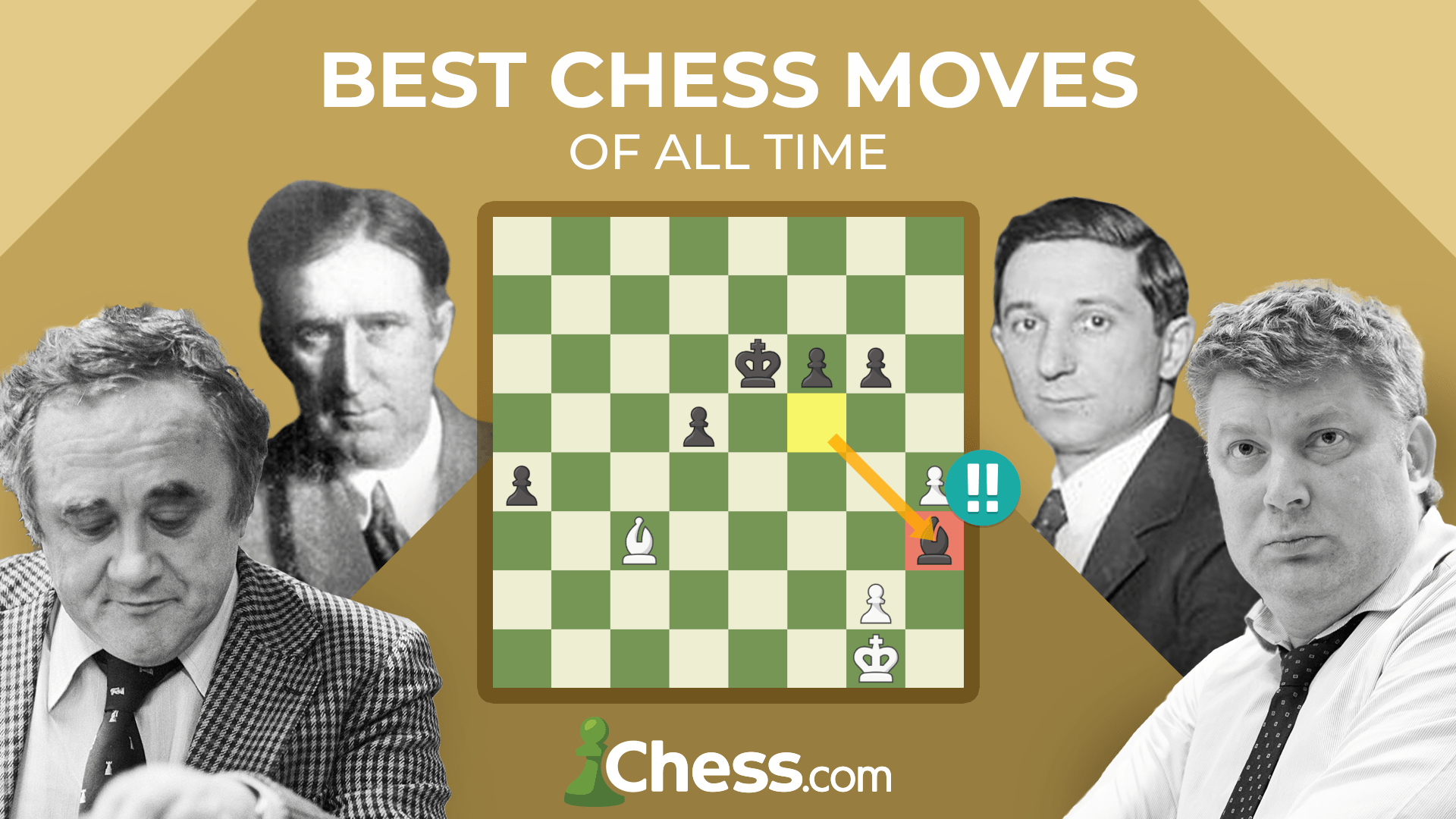
Credit: www.chess.com
Conclusion
Choosing the best chess move requires practice and strategy. It can change the game’s course. Understanding each move’s impact is crucial. Keep practicing to improve your skills. Even small steps lead to better play. Chess is a game of patience.
Stay focused and enjoy the journey. Every move teaches you something new. Happy playing!

